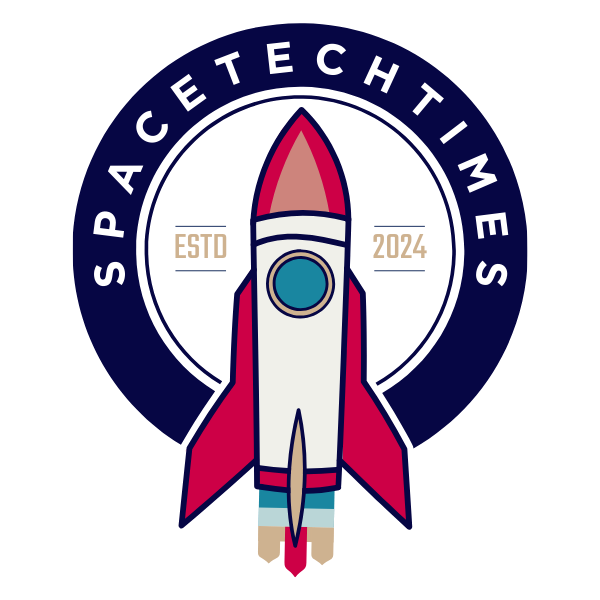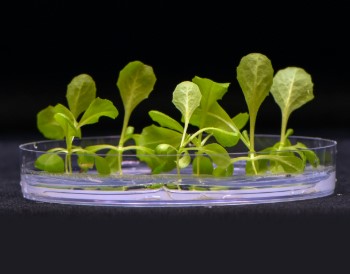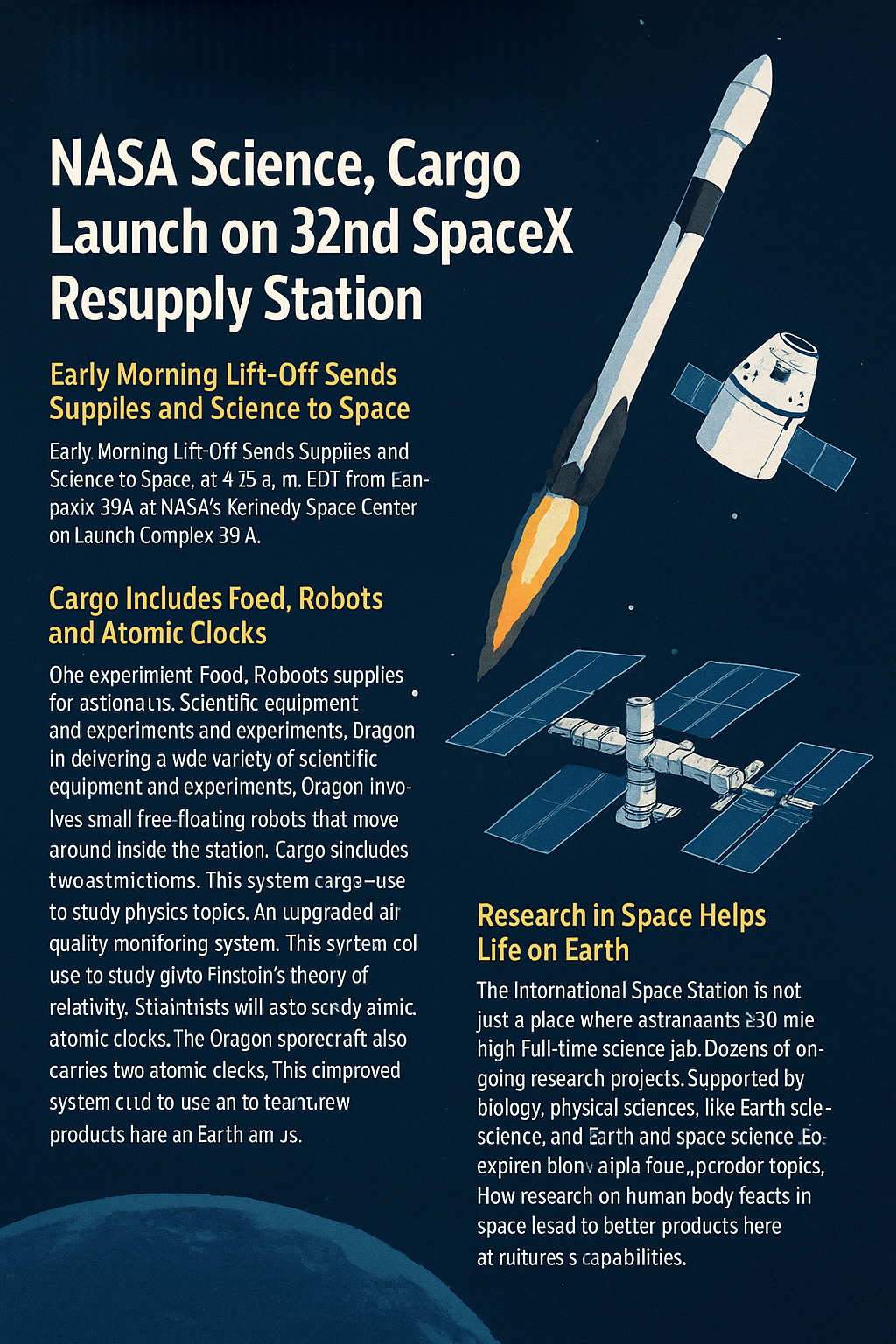In an exciting new chapter for space exploration, a groundbreaking mission to grow food in space has launched. This innovative project, led by the European Space Agency (ESA), seeks to develop lab-grown food in the low gravity and high radiation conditions of space. If successful, this experiment could change the way astronauts live and eat in space, and possibly even on other planets.
The Challenge of Feeding Astronauts in Space
Feeding astronauts has always been a significant challenge. Currently, sending food to astronauts aboard the International Space Station (ISS) is an expensive and complex process. The cost of providing astronauts with food on the ISS can reach as much as £20,000 per person per day. With long-term missions planned for the Moon, Mars, and other parts of space, relying on Earth-based food supplies is simply not sustainable. Therefore, growing food in space is a critical goal for space agencies worldwide.
ESA’s mission is designed to explore the possibility of growing food in space using lab-grown ingredients. The experiment aims to determine whether it is possible to grow basic food components such as protein, fat, and carbohydrates in the microgravity environment of space. Researchers are particularly focused on determining whether lab-grown food can be produced effectively in space and how it could be made to resemble the familiar foods astronauts consume back on Earth.
The Science Behind Lab-Grown Food
Lab-grown food, also known as cultured or cellular agriculture, involves growing food from individual cells rather than traditional farming. In this process, scientists grow proteins, fats, and carbohydrates in controlled environments like test tubes or vats. The resulting products can be processed to create foods that look and taste like the meals astronauts are used to. This process can include growing items like lab-grown chicken or steak, which are already available on Earth in some markets.
On Earth, lab-grown food has the potential to address environmental concerns by reducing the need for traditional farming practices, which require large amounts of land, water, and other resources. However, in space, the main motivation for developing lab-grown food is to reduce the cost and complexity of food supply missions.
In space, the process involves precision fermentation, a method similar to brewing beer but with a key difference: it uses genetically engineered yeast to produce specific ingredients. For this particular experiment, scientists have developed a system that allows them to grow yeast that can generate vitamins and other nutrients. This process could eventually be expanded to include all the ingredients needed to create a wide variety of dishes, from proteins to carbohydrates and fats.
The Space Experiment
ESA’s mission, launched aboard a SpaceX Falcon 9 rocket, is the first step in testing lab-grown food in the harsh environment of space. A small, simplified version of a bioreactor—a machine designed to grow food ingredients—was sent into space as part of this mission. The bioreactor, which contains a mixture of genetically engineered yeast, will orbit Earth for approximately three hours before returning to Earth. Once the experiment has been completed, the data collected will be analyzed by researchers back on Earth.
The bioreactor is part of ESA’s broader goal to create a more sustainable and cost-effective food production system for astronauts. The hope is that by growing food directly in space, astronauts will have a more reliable and diverse food supply without having to rely on expensive resupply missions from Earth.
While the idea of eating lab-grown food in space may sound futuristic, the technology is already being tested on Earth. Lab-grown meat, for example, is already being sold in some countries like the United States and Singapore. In space, the development of lab-grown food could not only provide astronauts with a more diverse and satisfying diet but also make space travel more sustainable by reducing the reliance on costly resupply missions from Earth.
A New Era of Space Cuisine
As part of the experiment, the team involved in the ESA mission is also working with culinary experts to explore how lab-grown ingredients can be transformed into familiar, flavorful dishes. Currently, the chefs are experimenting with alternative ingredients like starches and proteins from fungi to create recipes that are both nutritious and tasty. While these dishes are not yet made from lab-grown ingredients, they are a first step toward creating space-friendly meals that astronauts will enjoy.
One of the key goals of the research is to develop meals that provide astronauts with the comfort and satisfaction of eating familiar foods, even while they are millions of miles away from home. The team is working to create a range of dishes from different cultures, such as French, Chinese, and Indian, to ensure that astronauts can enjoy a variety of meals, even in space.
The challenge, however, is that lab-grown food does not yet have the appealing look or texture of traditional meals. In its current form, the lab-grown food ingredients resemble a brick-colored goo, which may not be very appetizing at first glance. However, the hope is that with further development and refinement, these ingredients will be able to mimic the look and taste of foods astronauts are familiar with on Earth.
While it may be some time before lab-grown food becomes a common feature on the ISS or other space missions, this experiment represents a major step forward in making long-term space exploration more feasible. If successful, growing food in space could make missions to the Moon, Mars, and beyond more sustainable and affordable, ensuring that astronauts have the nutrition they need to thrive in the harsh conditions of space.




